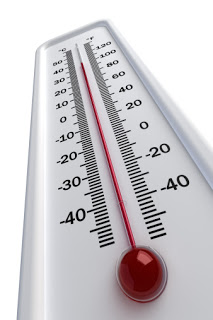National Women’s Health Week runs May 12 to 18 with the goal of empowering women to make their health a priority. This is a story in a series this week focusing on women’s health issues from the teenage years through menopause.
By Rachel Hess, M.D., M.S., associate professor of Medicine, Division of General Internal Medicine, Section of Women’s Health
Hot flashes – that sudden feeling of intense heat followed by a chill – are the classic symptoms of menopause. One year after a woman has her last period, she is considered in menopause. Yet menopause-associated symptoms, like hot flashes, can begin much earlier. For some women, they can start up to 10 years before menopause and can continue a decade after. Others have them for fewer years, and many fortunate ones don’t have them at all.
- Dressing in layers gives the ability to easily remove clothes and put them back on. If a woman takes off her sweater when she gets the hot flash, she can put it back on before she feels fully cooled off and avert the chill.
- Using relaxation techniques, like paced respiration (slow deep breathing), can help to shorten the hot flash and minimize its severity. While helpful during the time of a hot flash, slow deep breathing is most beneficial when practiced at home for roughly 15 minutes, twice a day.
- Quitting smoking can also reduce the frequency of hot flashes. In most studies, smokers experience more hot flashes for a longer amount of time than do non-smokers. So if you needed a reason to quit smoking, this might be it!
- For some women, estrogen therapy, with or without progesterone, may be appropriate to help relieve hot flashes. It is important to talk with your doctor about any medication, in the context of your other medical conditions.
Specialists in women’s health in UPMC’s Division of General Internal Medicine are available to discuss options to treat hot flashes and other menopausal symptoms.









